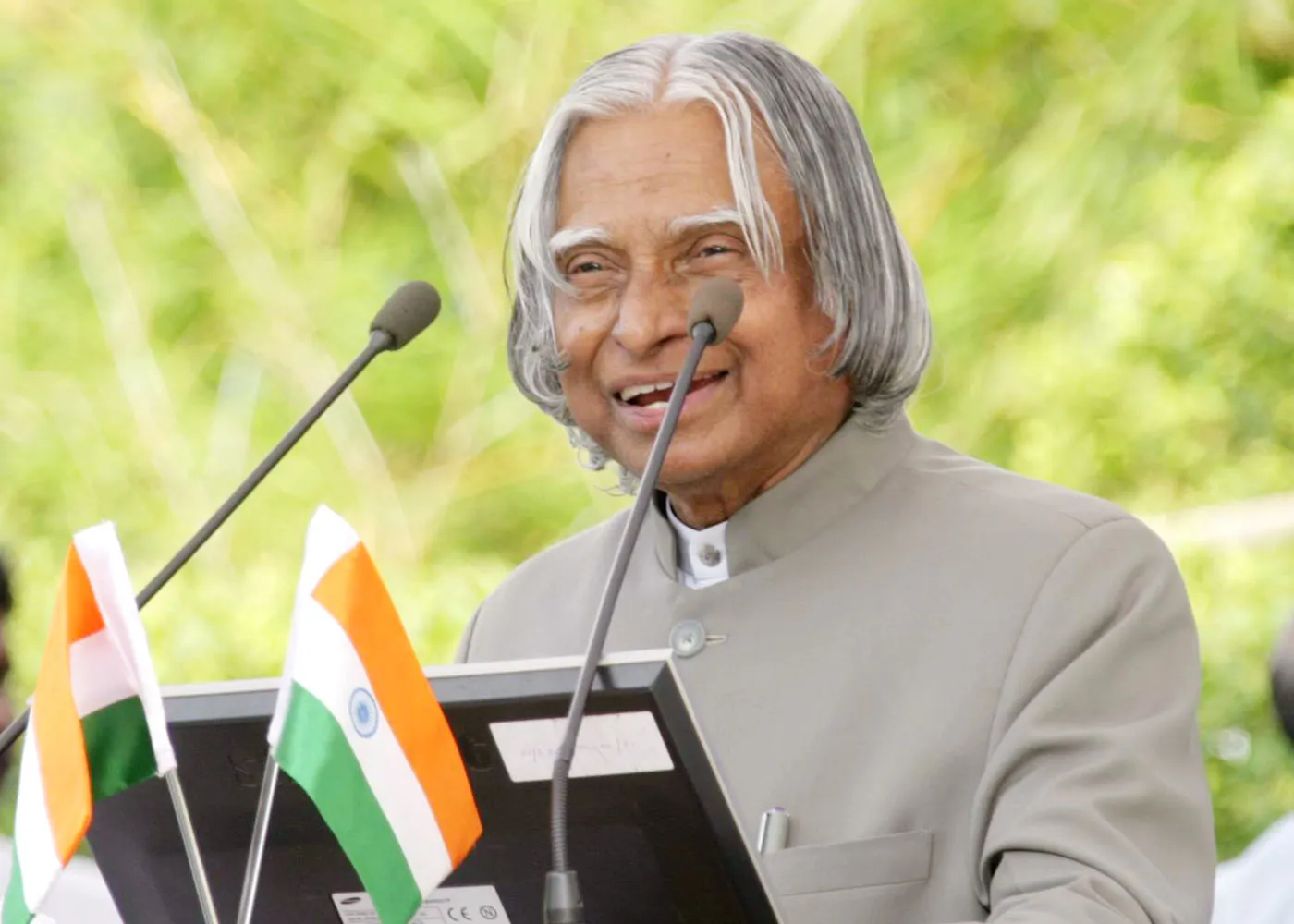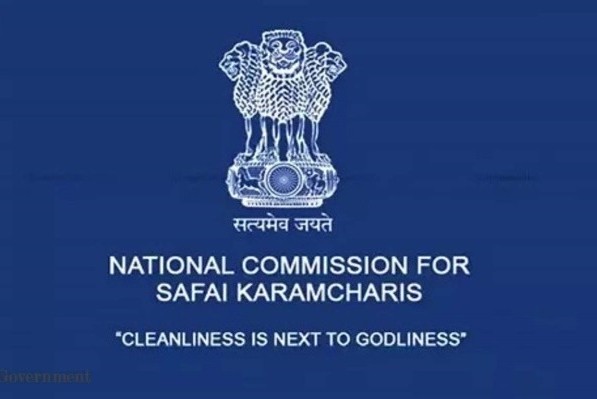 Image Source: The Talented Indian
Image Source: The Talented Indian
A Vision Beyond the Horizon
India’s journey toward becoming a knowledge-driven, energy-secure superpower finds its roots in the dreams of Dr APJ Abdul Kalam. On the tenth anniversary of his passing, the nation reflects not only on his contributions to science and education but also on how his vision continues to shape India’s strategic ambitions. From launching satellites to inspiring students, Kalam’s legacy remains a guiding force in India’s pursuit of innovation, sustainability, and inclusive growth.
Key Highlights from Kalam’s Legacy
-
Born in Rameswaram, Tamil Nadu, Kalam’s early life was marked by humility and service, selling newspapers to support his family
-
Studied aeronautical engineering at Madras Institute of Technology and joined DRDO in 1958
-
Led India’s first satellite launch vehicle project at ISRO, placing Rohini-1 into orbit in 1980
-
Spearheaded the Agni and Prithvi missile programs, earning the title “Missile Man of India”
-
Adapted missile materials to create lightweight calipers for polio-affected children
-
As President (2002–2007), he transformed Rashtrapati Bhavan into a hub of learning, often engaging schoolchildren with science quizzes
-
Authored Vision 2020, a roadmap to make India a developed nation through education, technology, and self-reliance
Green Energy Milestones: A Nation Awakens
India’s energy transformation is unfolding at a record pace, echoing Kalam’s belief in harnessing science for national development. In the first half of 2025, India added 22 gigawatts of renewable energy capacity—a 56 percent year-on-year surge. This pushed the total clean energy capacity beyond fossil fuels for the first time, marking a historic shift in India’s power ecosystem.
-
India now generates over 50 percent of its electricity from non-fossil fuel sources, five years ahead of the 2030 Paris Agreement target
-
Solar and wind projects contributed nearly 28 GW in 2024 and 16.3 GW more between January and May 2025
-
Ethanol blending with petrol reached 20 percent in July 2025, five years ahead of schedule, reducing carbon emissions by 698 lakh tonnes
-
Farmers earned Rs 1.18 lakh crore and distilleries Rs 1.96 lakh crore through the ethanol program, boosting rural prosperity
-
India saved Rs 1.36 lakh crore in foreign exchange by reducing fossil fuel imports
Challenges and Opportunities Ahead
Despite these achievements, India’s energy demand continues to rise. Coal still accounts for over two-thirds of power generation, and electric vehicles face infrastructure hurdles. The government is betting big on green hydrogen, aiming for 5 million tonnes of annual production by 2030. However, high costs and scalability issues remain.
-
India’s total installed power capacity reached 476 GW as of June 2025
-
Renewable energy capacity utilization remains low, with solar and wind averaging around 20 percent
-
Electric vehicles make up less than 8 percent of India’s fleet, with charging infrastructure still underdeveloped
-
Biofuel production rose 27 percent year-on-year, but supply constraints persist
A Call to Dream, Build, and Serve
Dr Kalam’s enduring message—dream earnestly, work humbly, serve generously—resonates louder than ever. His belief that national strength lies in education and innovation continues to inspire India’s youth, scientists, and policymakers. As India accelerates toward a greener, more inclusive future, Kalam’s legacy remains the fuel that powers the nation’s aspirations.
Source: The Tribune – July 27, 2025 NDTV – July 16, 2025 IBEF – July 22, 2025 Economic Times EnergyWorld – July 25, 2025 Counterview – July 26, 2025
Advertisement
Advertisement





